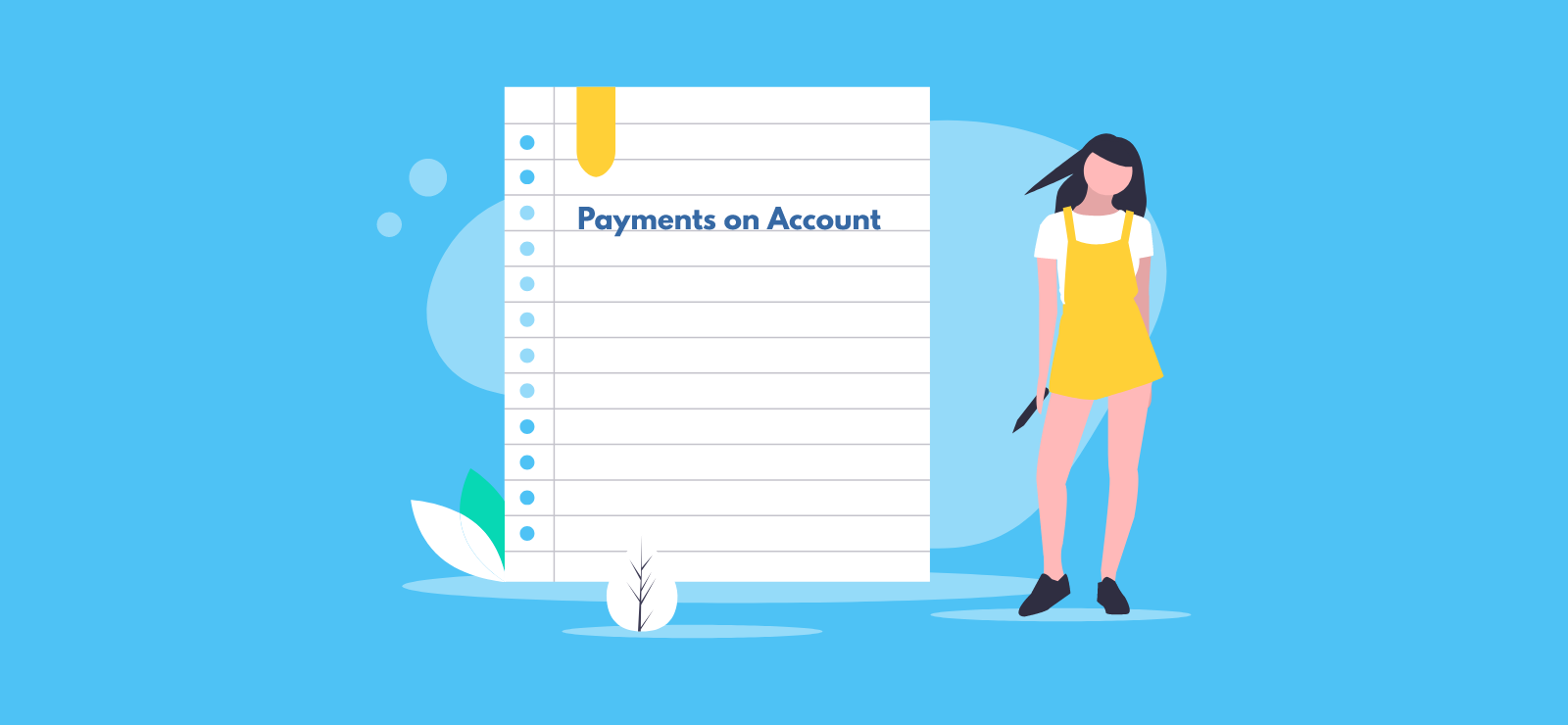

How Do I Become a Sole Trader?
Did you know there are over 3 million sole traders in the UK? Flexible working, the chance to choose your own projects, and the freedom to be your own boss make it a popular choice.
But the fact is, branching out with a sparkling new business of your very own can be pretty scary. Telling HMRC that you’re self-employed and making sure you pay the right amount of tax are important starting points, so we’ve put together this article to help. You can also find more guides and templates in our resource centre for sole traders.
What is a sole trader?
A sole trader is someone who runs their own business as an individual. With this type of structure there’s no legal distinction between you and the business, so you’re considered to be one and the same.
This means that you’re personally responsible for any liabilities in the business (such as repaying loans), so your personal assets can be at risk if the business struggles to pay its bills.
On the other hand, one of the benefits of being a sole trader is that you can simply keep any profit after paying your tax bill.
It’s also much easier and quicker to set yourself up as a sole trader, with far fewer rules and paperwork than you might encounter if you use a different business structure.
Is a sole trader the same as being self-employed?
Being self-employed means that you own and run your own business, and being a sole trader is one of the ways that you can do this. The two terms are often used interchangeably!
Do I need to set up as a sole trader?
If you’re an individual who earns income from self-employment which is less than the £1,000 Trading Allowance, then you might not need to tell HMRC or pay tax on this part of your income. You can claim the Trading Allowance even if you earn money from another source too, such as an employer that you work for full-time.
Can I give my sole trader business a name?
Yes, even though there’s no legal distinction between you and the business and you don’t need to register with Companies House, sole traders can still choose to run their business under a different name.
It’s a great chance to get creative and make it obvious what your business is or does, but make sure it’s not the same (or very similar to) any business name that already exists. It mustn’t be offensive in any way either, or suggest a connection with a local authority or government body. Additionally, you can’t add ‘Ltd’ or ‘LLP’, as you would for a company or partnership.
How do I set up a sole trader business?
To get started you’ll need to register for Self Assessment as a sole trader. It’s a fairly quick and simple process but it’s also really important to get it right.
Step 1: Create a Government Gateway account
You’ll need a Government Gateway account to sign up and use most online tax services. Head to HMRC online services: sign in or set up an account. Sign up with your full name, email and password, and your user ID will be sent to the email address you provided.
Step 2: Add a tax
Once you’ve logged into your Government Gateway area, you’ll see the option to “add a tax” to your account.
Step 3: Choose ‘Self Assessment’ (for self-employed, partnerships and trusts)
From the category list, choose ‘individual or sole trader’. It’s important you select this one as there are different rules for setting up other types of businesses.
What happens next?
Once you’ve set up as a sole trader with HMRC, you will be sent a Unique Taxpayer Reference (UTR), which you’ll need in order to access the Self Assessment service. HMRC will send out a separate letter containing an activation code so you can get your online account live too.
You can use these to sign into your Personal Tax Account, which is where you’ll find information like what your tax code is, how much tax you owe, when your next Self Assessment is due and what tax you’ve paid in previous years.
Is there a deadline for setting up as a sole trader?
Make sure you tell HMRC about your sole trader status by 5th October in your second tax year. For example, if you start your business in November 2024:
- Your first tax year is 2024/25
- Your second tax year runs 2024/25
The deadline to register using this example is 5th October 2025.
What records do I need to keep?
The big thing we really want to emphasise here is to keep records! Clear, up-to-date financial records are so important, and should cover at least the last five years’ income and expenditure.
These records will be essential in helping you fill out your Self Assessment tax return accurately, and will also help you to claim tax relief on all those allowable expenses – they soon add up! We also have a specific guide about bookkeeping for sole traders.
How much tax will I pay?
Once you set up your sole trader business, you’ll need to submit Self Assessment tax returns to tell HMRC how much you earned during the tax year.
HMRC use this information to calculate what income tax and National Insurance you need to pay on your self-employed profits. It’s also an opportunity for you to tell HMRC if there have been any significant changes in your business finances or personal circumstances.
The amount of tax that you owe depends on how much you earn during the year, and how you earn it. If you work for an employer and have a sole trader business on the side, then your self-employment earnings will be added to your wages to work out which tax rate you’ll pay.
Income tax rates and thresholds sometimes change at the start of a new tax year, so we keep this information up to date in a separate article, or you can use our free online tax calculator.
Learn more about our online accounting services for businesses. Call 020 3355 4047 to chat to the team, and get an instant online quote.
Want to learn more?
Subscribe to our newsletter to get accounting tips like this right to your inbox

Read more posts...

What’s the Most Tax Efficient Director’s Salary?
8th May 2025As a director you’re legally separate from your limited company even if you’re also the owner. This means you’re not allowed to…
Read More
What are Payments on Account?
7th May 2025Payments on account are a type of advance payment that you might need to make towards your Self Assessment tax bill. In…
Read More
Getting Ready for MTD Income Tax (MTD IT)
2nd May 2025The next phase of Making Tax Digital is rapidly approaching for sole traders and landlords who need to report money they get…
Read MoreConfirm Transactions
The number of monthly transactions you have entered based on your turnover seem high. A transaction is one bookkeeping entry such as a sale, purchase, payment or receipt. Are you sure this is correct?
Please contact our sales team if you’re unsure
VAT Returns
It is unlikely you will need this service, unless you are voluntarily registered for VAT.
Are you sure this is correct?
Call us on 020 3355 4047 if you’re not sure.
Bookkeeping
You will receive our bookkeeping software Pandle for free, as part of your package.
You can use this to complete your own bookkeeping, or we can provide a quote to complete your bookkeeping for you.
Please select and option below:
Call us on 020 3355 4047 if you’re not sure.

